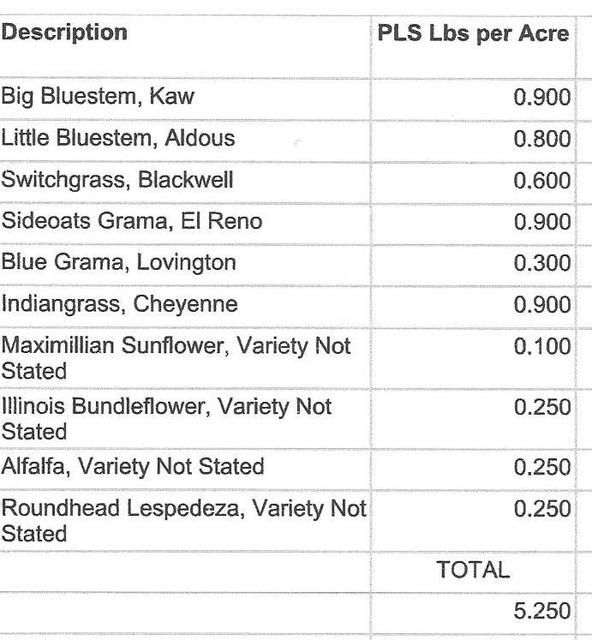UGUIDE
Active member
I think most agree that habitat is the key to more pheasants in any State. Weather is huge as well but good habitat helps whenever the weather is hard on the birds.
I think most also agree that today's CRP program could be improved with respect to pheasant habitat. Maybe that's what we should be working for, to get pressure on the CongressCritters. Somehow we need to get the CRP program to specify improved habitat.
Maybe they set up some deal where the CRP plot includes some alfalfa as a cover crop. As a payback to the farmer/rancher for putting it in, allow one cutting after mid-July but before the end of August as PF suggests. True, the alfalfa won't be high quality forage if its harvested that way but its something. Its somewhat of a win-win.
Include some "big bluestem, little bluestem, Indiangrass, or side-oats grama" in the same plot to provide some "outstanding nesting and brood-rearing cover." (Quotes from PF)
Lastly, let the farmer/rancer plant some small grains of his choice, leaving a decent percentage standing until after March 15 (again, a PF plan) and then let him harvest the remainder.
Heck of a deal for the farmer/rancher. CRP payment, some forage, some small grain acres. Not all of it prime, but not bad either. Its something.
On the hunter's side of it, you tie the improved CRP deal to allowing hunting.
A lot of farmers/ranchers won't go for the allowing hunting. No problem, let them have the old CRP deal.
Just spitballing here but I think we do need to do something to increase nesting/rearing/small grains.
Chestle, everything you talk about is great optimization but did you know that these programs exist and are available today. I am just in the process myself of signing up for one to optimize 150 acres of CRP. Even on the cropping side of the house, NRCS has a great number of programs to incentivize producers to farm more sustainably (CSP, EQIP, etc).
IMO, the missing link is conservationists, environmentalists, sportsmen and more importantly - farm groups - are not engaging the producers that control the acres where the difference can be made. A significant investment in education could make a big difference. Lots of these producers would like nothing to do with the federal government or the state government for that matter. This fact supports the need for a privatization of solutions for these issues.

